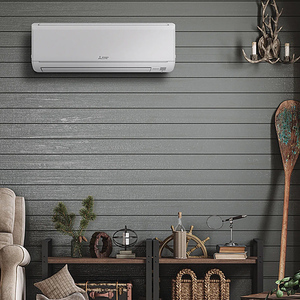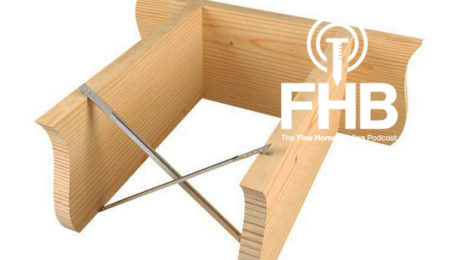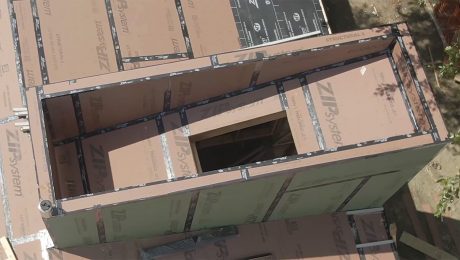Q:
I am building an energy-efficient house that has an air-exchange system, a direct-vent oil-fired boiler and a zero-clearance fireplace that draws outside air. With kitchen and bathroom venting part of the air-exchange system, the only device in the house that can upset the balance between intake and exhaust is the clothes dryer, which takes air from inside the house and sends it outside. I suspect that the negative pressure created by the dryer may inhibit the air exchanger’s operation. Are you aware of any manufacturer of direct-vent dryers? If not, do you have any suggestions that could help me solve this problem?
David D. Huntoon, Ridgefield, CT
A:
Marc Rosenbaum, P. E. of Energysmiths, Meriden, New Hampshire, replies: I assume, because you are heating with oil, that the dryer is electric, not gas. You are correct in recognizing that a clothes dryer acts as an exhaust fan, typically drawing 100 cu. ft. to 125 cu. ft. of air per minute out of the house. In a tight house this will create lower air pressure inside the house than outside. This difference in pressure may overpower the chimney draft of any naturally vented combustion device (such as a furnace, a boiler, a water a heater or a woodburning appliance), pulling flue gases back into the house. This action is called backdrafting, and it’s potentially lethal.
It appears that the two combustion appliances in your home have sealed combustion, meaning that they get air for combustion directly from outdoors. The fireplace will need glass doors to seal it from the home. Sealed combustion devices have their combustion process completely decoupled from the air in the home, so they are not affected by pressure variations in the home and cannot be backdrafted.
If no danger of backdrafting exists in the house, I wouldn’t be too concerned about the dryer causing problems for your heat-recovery ventilation system. It might throw the system out of balance, but only for the few hours a week that the dryer is in use.
I am not aware of any dryers on the market that draw air directly from outdoors. However, you could locate your dryer in a small room that has outdoor air supplied to it and is sealed off from the rest of the home. In this case you need an air inlet with a good backdraft damper so that the air inlet won’t leak cold air when the dryer isn’t in use.
Another option might be to have a sheet-metal shop make up a fitting that covers the dryer’s air inlet louvers (my dryer has them on the back). This sheet-metal fitting could have a pipe stub on it that connects to your outdoor air ductwork. Keep in mind that any duct carrying cold air should be insulated. The duct should also have a well-sealed exterior vapor barrier to prevent condensation.
Using cold outdoor air in the dryer may degrade its drying performance. A solution would be to fabricate a concentric pipe-within-a-pipe to serve as both air inlet and exhaust. The inlet air would be warmed by the exhaust air, like a miniature air-to-air heat exchanger.

























